
As the drums beat, the beautiful sound resonates in the air, heralding the arrival of Goddess Durga here on to the earth. The festival of Navratri, which celebrates Saraswati’s return to Earth along with her children Ganesh, Kartik, and Laxmi, is celebrated each year in the Autumn. In Sanskrit, Navratri means ‘nine nights’, each of which represents one of Durga’s nine avatars or forms.
It is a festival of cheer and joy in which pandals are constructed all across the country. This auspicious festival is also celebrated overseas in order to spread the message that evil should never prevail over good. Special food and prayers are offered to the nine forms of Durga, also called Nava Durga. Here is a list of the nine forms of Durga and their special food.
Day 1: Goddess Shailputri -Desi ghee

As Lord Durga’s first form, Goddess Shailputri wears a Trishul in her hand and rides a bull named Nandi and adorns a lotus in her hand. On the first day, devotees offer pure desi ghee to the first form of Durga.

Day 2: Goddess Brahmacharini-Sugar and fruits

On the second day, Durga takes the form of Goddess Brahmacharini. Symbol of renunciation, penance, and nobility, this monastic goddess represents nobility. A feast of sugar and fruits is served on the second day.

Day 3: Goddess Chandraghanta-Kheer or sweets
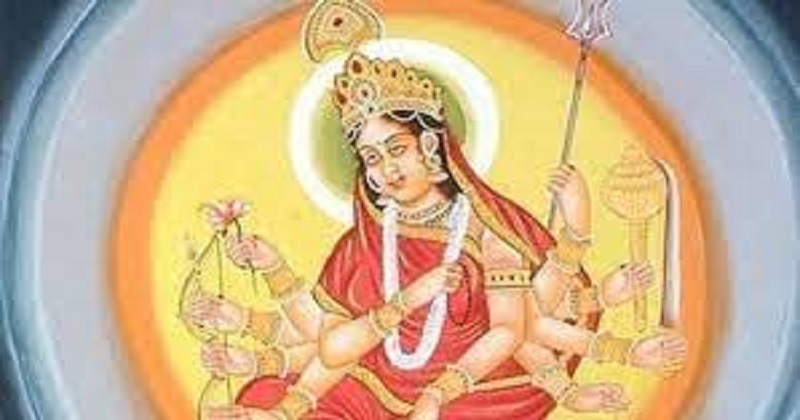
As Devi Durga’s third manifestation, Chandraghanta is a fierce, 10-armed Goddess filled with rage. She is served kheer, or milk sweets.
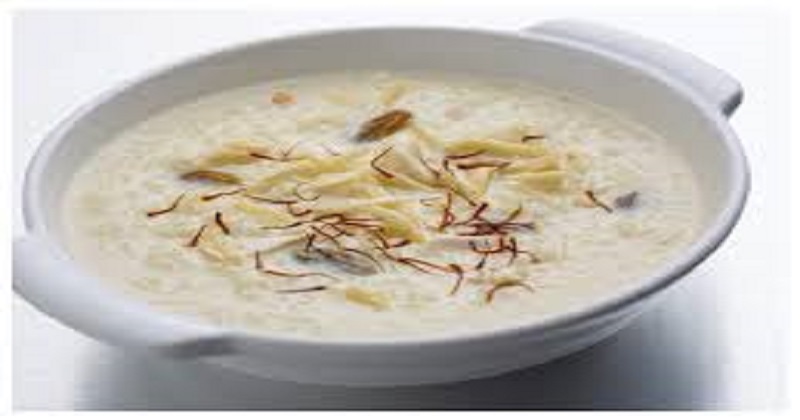
Day 4: Goddess Kushmanda-Malpua
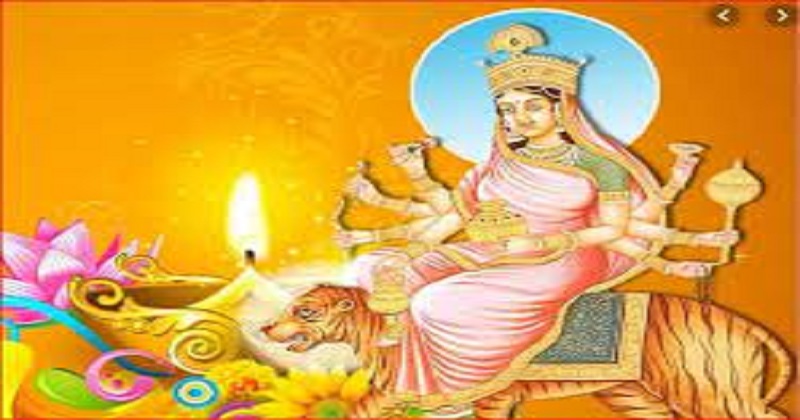
With her energy and warmth, Goddess Kushmanda is known to create the universe or ‘cosmic egg’. People observe a fast on this day and offer Malpua with barley flour(optional) as a bhog.

Day 5: Goddess Skandmata-Bananas
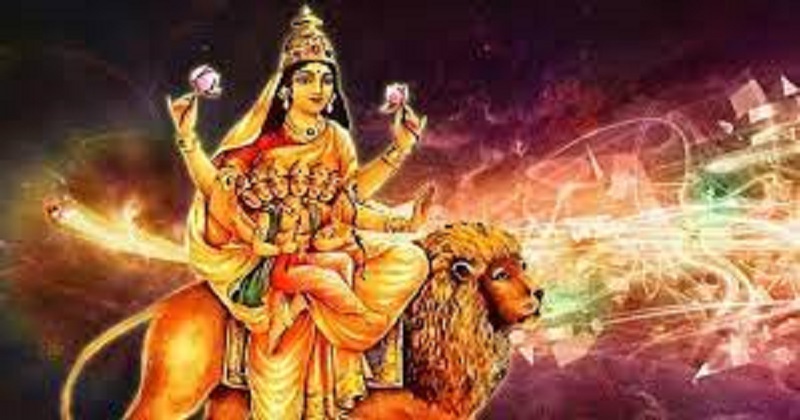
Panchami is the day on which Goddess Skandmata appears as her fifth avatar. As a four-armed deity, she holds a lotus in one hand, a kamandalu in another, and a bell in the third. Bananas are offered to this calm and serene Goddess as a sign of good health.

Day 6: Goddess Katyayani-Honey

Goddess Katyayani is worshipped on the sixth day or Shashti and is a symbol of true devotion. Honey is served as a prasad as a symbol of sweetness.
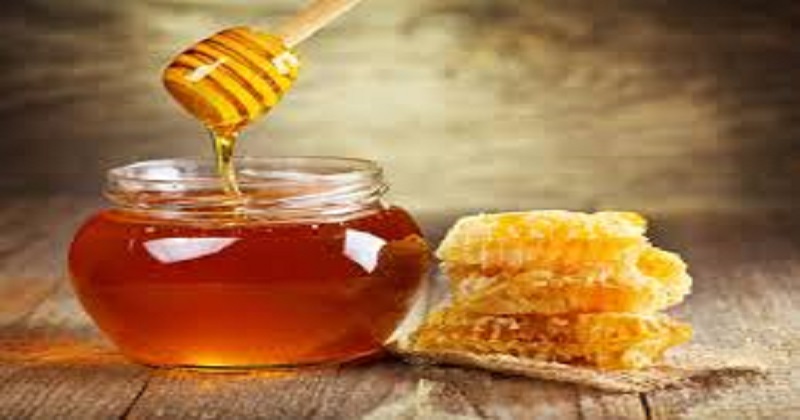
Day 7: Goddess Kaalratri-Jaggery

On Saptami, or the seventh day of the month, Goddess Kaalratri is worshipped and is believed to protect her true devotees from evil spirits. Jaggery is served as prasad on this day.

Day 8: Goddess Mahagauri-Coconut
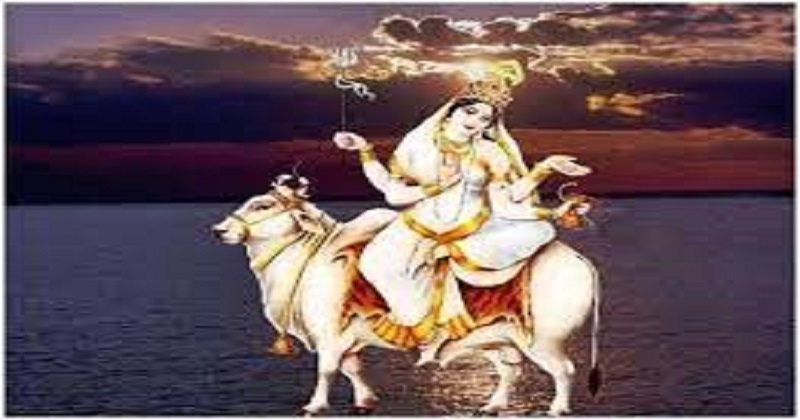
Symbolizing deep penance and perseverance, Goddess Mahagauri rides a bull or white elephant upon which she rides. As a sign of life, coconut is offered on the eighth day as bhog.

Read more: ‘Navratri 2021’: why do we celebrate the festival, the vrat rules, and other questions
Day 9: Goddess Siddhidatri-Seasame seeds
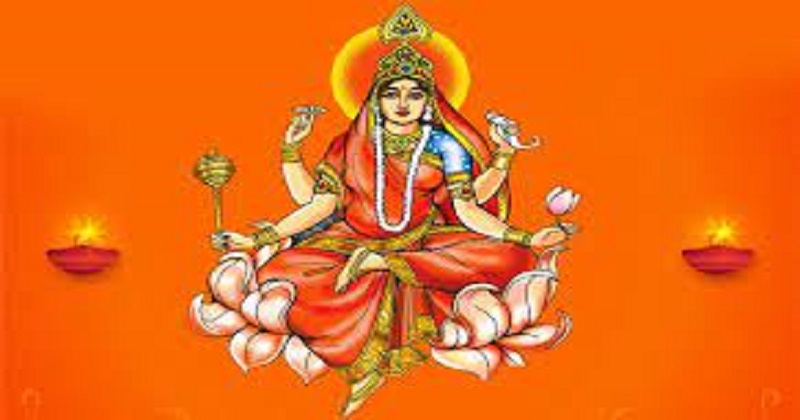
The goddess Siddhidhatri is worshipped on the ninth day, or Navami, and her form of Shakti represents knowledge, wisdom, and achievement. Siddhidhatri means perfection in Sanskrit. As prasad, Goddess Siddhidhatri is served til or sesame seeds.


Post Your Comments